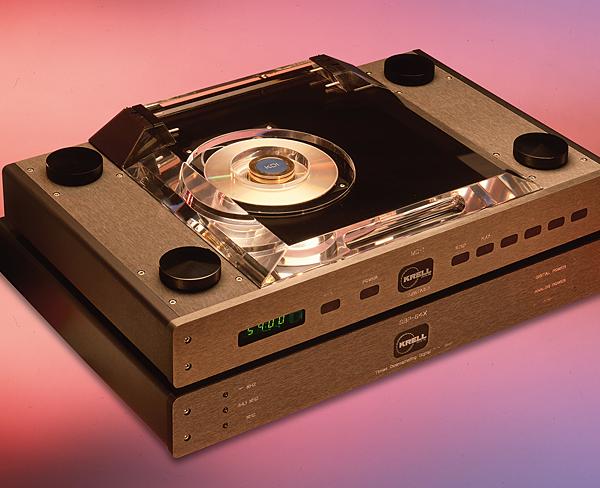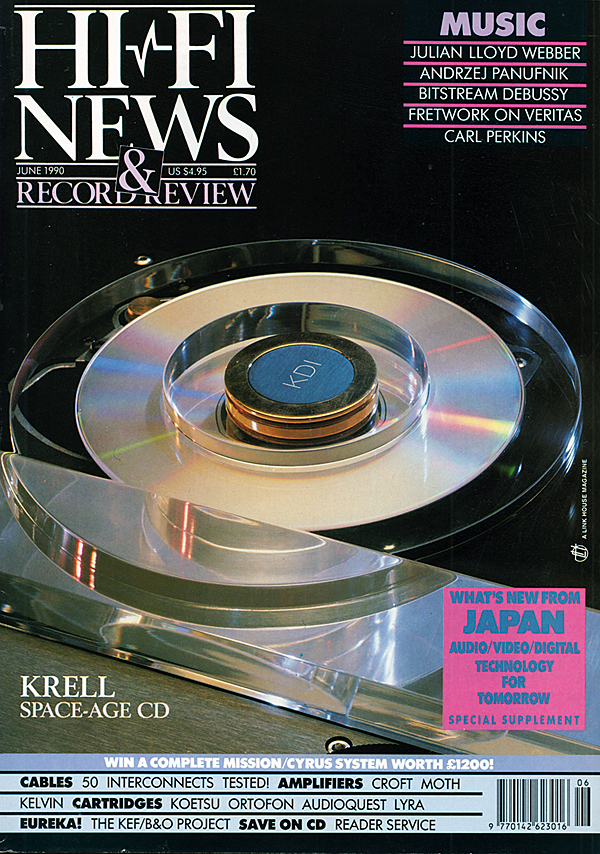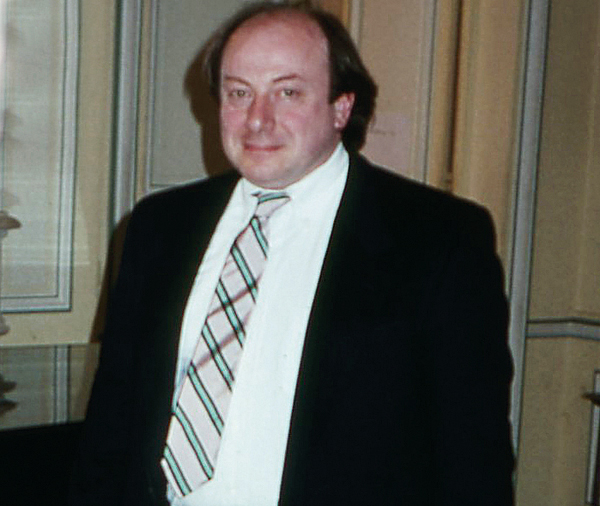Space age CD

 At last, Krell Digital presents its CD player system, the MD-1 transport plus SBP-64X, and the less costly SBP-16X DAC. Martin Colloms listens
At last, Krell Digital presents its CD player system, the MD-1 transport plus SBP-64X, and the less costly SBP-16X DAC. Martin Colloms listens
Krell has determined that digital audio should form part of its future, and has created a separately financed division called Krell Digital Inc. The MD-1 digital transport was shown last year together with the SBP-64X processor/decoder – an amazing combination at a price which left the industry breathless, being around £15,000 the pair.
Fifteen thousand pounds for a CD player? Surely there is some mistake? Don't you know that a perfectly competent player can be bought for one hundredth this sum? Well, it is not for the humble reviewer to justify a quoted price but to assess a product on its merit.
Operating on the standard consumer digital interface, both the £10,000 SBP-64X decoder and its more economical SBP-16X brother (£3350) may be used with other CD transports in the optical or (sonically preferable) wired coaxial mode. This provides a lower cost entry to Krell Digital, with the company's own MD-1 player as a luxury no-holds-barred option at £5000.

Heart Of Glass
While the MD-1 is a relatively inert and solid structure, it benefited from good siting on a specialist table with properly coupled spiked feet. The facilities on the front panel are basic – play, stop, track step, audible cueing, and display – and the rather utilitarian remote control adds only one more feature, which is pause.
The disc assembly is contained in its own inert chamber when in use, the heavy lid forming a close fit with the case to render it virtually immune to airborne feedback. A Philips CDM-3 transport was chosen – a high-precision laser and motor assembly built on a diecast Mazak chassis and intended for CD ROM.
Philips' servo and decode electronics are used, optimised for this application, while supporting control and mechanics are made by Krell, not forgetting the generous and stable power supply arrangements which enhance the performance of the Hall motor spindle-drive and the servo mechanisms. The CDM-3 has a glass lens for the laser-head (most are plastic), offering improved focal stability with time and temperature. The 'lock' is a heavy brass weight fitted with a sorbothane ring to secure the disc, which also doubles with a damping function.
SPB-64X Technology
This unit comes in two boxes, the plainer black-enamelled steel one housing the power supplies, which should be located remotely from the player. For the processor-decoder unit, the electronics are divided into two sections with two separate PCBs, one for digital and the other for D/A and analogue.

Following amplification, the presence of either an optical or a wired digital input is sensed before it is linked in via logic circuits. Good headroom is claimed by virtue of the 24-bit data-path employed, while the DSPs have generous 56-bit accumulators for computation, so avoiding the need for scaled processing which can occur with low-accuracy over-sampling digital filters.
With a 64x resampling rate, little filtering is required, since in theory the bulk of the aliasing and spurious noise artefacts will lie above 2MHz and may be easily dealt with using simple low-pass analogue filtering. It is hard to find multibit DACs that can operate at these high speeds, thus Burr-Brown PCM 64P units were chosen, one for each channel. These have a high-speed parallel digital input facility, while a multi-turn adjustment is provided for phase alignment of the DAC linearity.
All circuitry following the DACs is discrete, and consists of a current-to-voltage converter, passive filtering and de-emphasis, followed by transformerless balanced output amplifiers, all these circuits working to Krell 'Class-A' principles. The output is DC-coupled, servo- controlled, and has relay protection.
![]() Sound Quality 64X
Sound Quality 64X
Having experienced most of the CD heavyweights, I can state that the 64X is capable of the finest digital replay I have heard in respect of models I have reviewed in these pages to date. You cannot mistake the essential Krell character running through the sound of this digital decoder. The reproduction was highly confident, stable and well founded on excellent bass, the latter easily capable of driving the best Krell-based systems to their maximum LF performance potential. Stereo stages were rock-steady, the sound was dynamic, and above all 'powerful'. In this manner, the 64X defined the available stateof-the-art.

Looking at specifics, stereo focus was strikingly precise, throwing soloists into clear relief and never confusing them with the backing, whether it be a multi-tracked rock chorus or a full classical orchestra. Both perspective and stage width were also excellent, while depth rates were very good. Here, the 64X sounded as if the last few decibels of dynamic range were being muted, and while it generally recovered air, ambience and recorded acoustic accurately, sometimes you were left with a hint of dryness in the overall effect, a slight tinge of anechoic-sounding sterility. Nevertheless, I suspect that only the most transparent of reproducing chains will be capable of revealing this characteristic.
More obvious was the rather characterful treble, which has a certain contrived, excitable nature – although it was undeniably excellent. It sparkled, perhaps excessively so, yet had superb resolution and clarity. Perhaps 'too good to be true', the treble was a shade 'zingy' and exaggerated, though the effect was neither seriously unmusical nor fatiguing.
No Jacket Required
In general terms, the midrange was first-rate, despite a tinge of 'solid-state' hardness which added an extra force to the presentation. Essentially neutral in other respects, the mid sounded both powerful and dynamic. Lead singers sound as if they have been released from a straitjacket and appear to deliver with greater expression and articulation than noted on designs I have reviewed previously.
























































